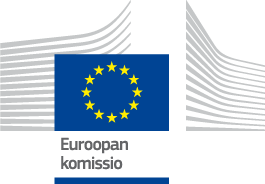With a population increase of over 20% between 1999 and today, the area’s strong demographic dynamics concern both the coast and the hinterland and impact its entire economy. The maritime identity of the area is strong and sustains many economic sectors: port activities, tourism, sailing, fishing, marine aquaculture, etc.

